The Best Companion Plants For Hollyhocks
The Best Companion Plants for Hollyhocks
Hollyhocks are a classic cottage garden flower, and for good reason. They're tall, stately, and come in a wide range of colors. But hollyhocks can also be a bit of a challenge to grow. They're susceptible to pests and diseases, and they can be a bit top-heavy. That's where companion planting comes in.
Companion planting is the practice of planting different types of plants together in order to create a more balanced and healthy garden. When you choose the right companion plants for hollyhocks, you can help to deter pests, attract beneficial insects, and improve the overall health of your plants.
Here are some of the best companion plants for hollyhocks:
- Delphiniums: These tall, stately flowers are a great match for hollyhocks in terms of both color and height. They also share similar growing conditions, so they're a good choice for companion planting.
- Peonies: Peonies are another classic cottage garden flower that pairs well with hollyhocks. They come in a wide range of colors, so you can find the perfect match for your garden. Peonies also help to deter aphids, which are a common pest of hollyhocks.

- Phlox: Phlox is a low-growing perennial that blooms in a wide range of colors. It's a great choice for companion planting with hollyhocks because it helps to fill in the space around the tall stalks. Phlox also attracts beneficial insects, such as ladybugs, which help to control pests.
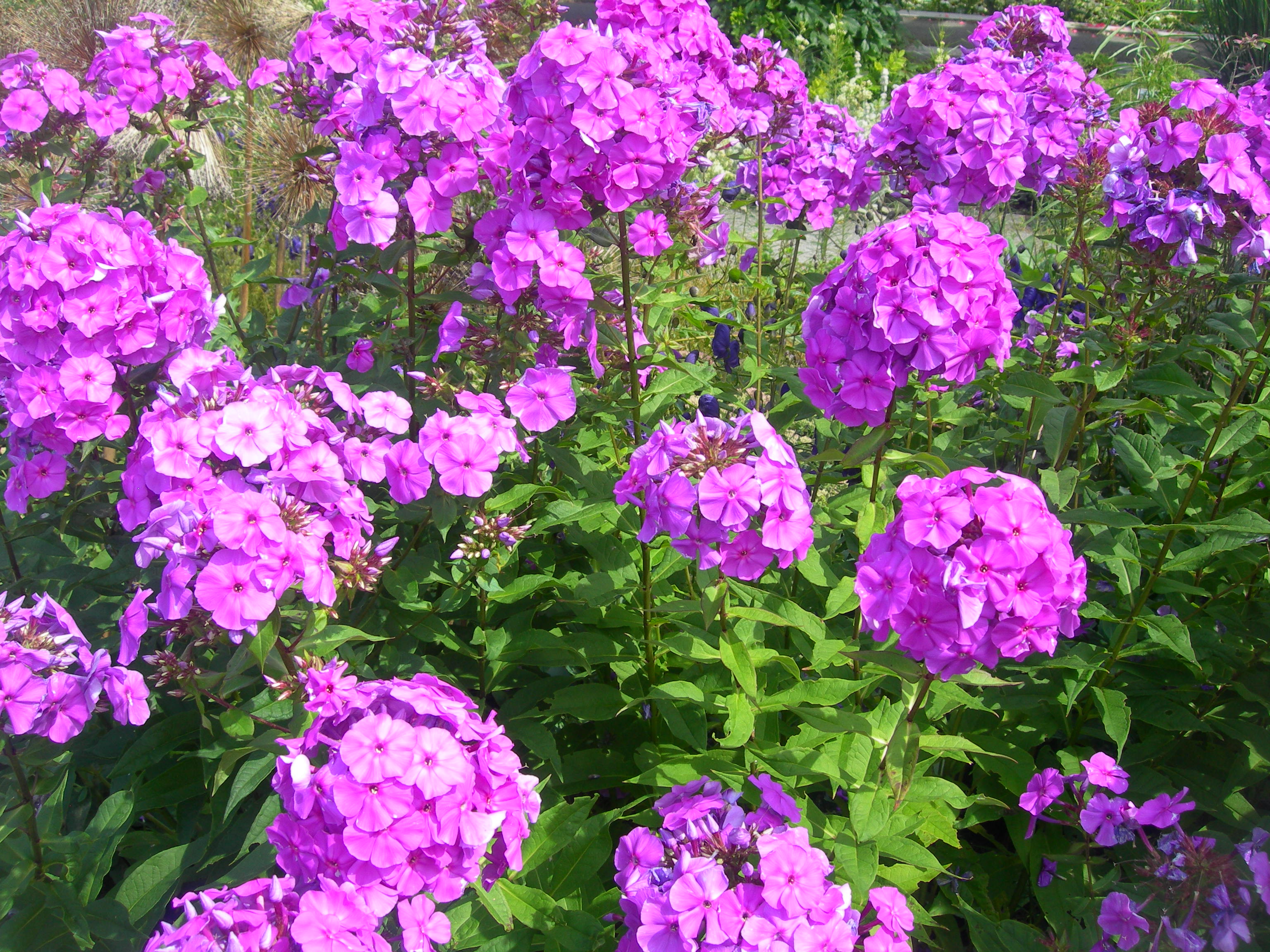
- Lavender: Lavender is a beautiful, fragrant herb that pairs well with hollyhocks in terms of both color and scent. It also helps to deter pests, such as mosquitoes and moths.

- Lupins: Lupins are tall, colorful flowers that add a touch of drama to any garden. They're also a good choice for companion planting with hollyhocks because they help to attract pollinators, such as bees and butterflies.
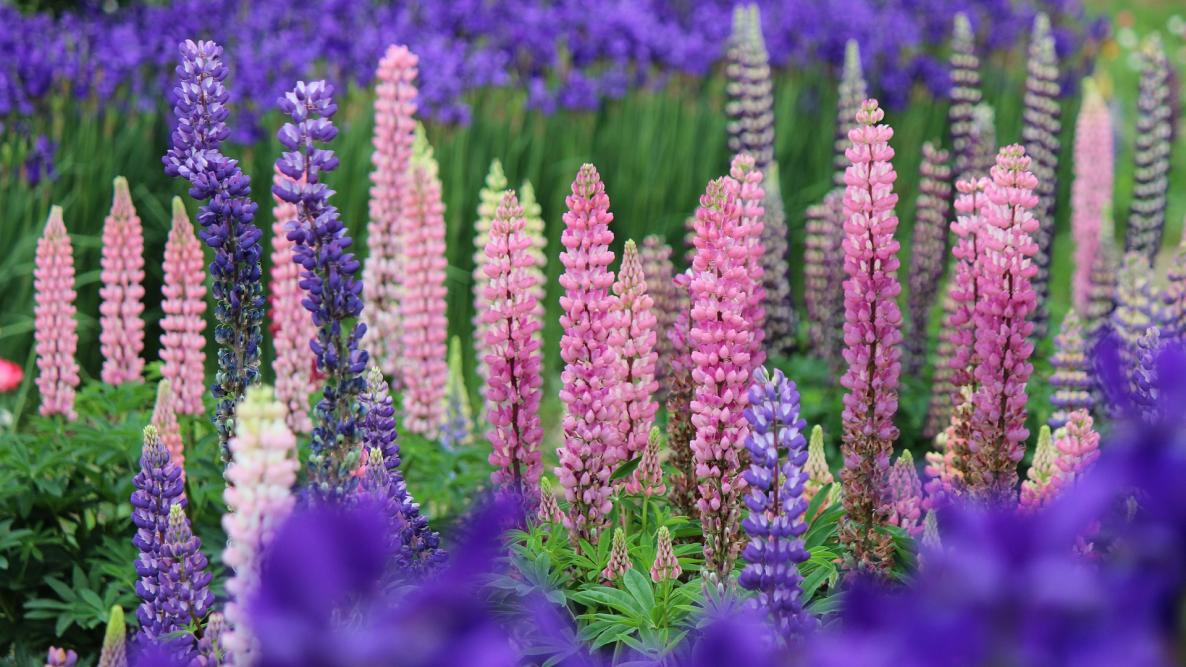
- Clematis: Clematis is a vining plant that can be trained to climb up trellises or walls. It's a great choice for companion planting with hollyhocks because it adds height and interest to the garden. Clematis also helps to attract pollinators, such as bees and butterflies.

- Roses: Roses are a classic cottage garden flower, and they make a great companion for hollyhocks. They come in a wide range of colors, so you can find the perfect match for your garden. Roses also help to deter pests, such as aphids and spider mites.
- Yarrow: Yarrow is a low-growing perennial that blooms in a range of colors, including white, yellow, and pink. It's a great choice for companion planting with hollyhocks because it helps to attract pollinators, such as bees and butterflies. Yarrow also helps to deter pests, such as aphids and spider mites.

These are just a few of the best companion plants for hollyhocks. When choosing companion plants, it's important to consider the height, color, and growing conditions of the plants. You also want to choose plants that will help to deter pests and attract beneficial insects.
By planting the right companion plants for hollyhocks, you can help to create a more balanced and healthy garden. Your hollyhocks will be healthier and more beautiful, and you'll enjoy a more productive garden overall.
Hollyhocks are a beautiful and versatile flower that can add a touch of elegance to any garden. But did you know that there are certain companion plants that can help to enhance their beauty and improve their health?
The right companion plants can help to deter pests, attract pollinators, and improve the overall health of your hollyhocks. Some of the best companion plants for hollyhocks include:
- Delphiniums: These tall, stately flowers share similar growing conditions with hollyhocks and can help to create a dramatic display in the garden.
- Phlox: These colorful flowers come in a variety of shades and can help to fill in the space around hollyhocks.

- Lavender: The fragrant lavender plant can help to repel pests and attract pollinators.

- Lupins: These tall, spiky flowers add a touch of texture to the garden and can help to extend the blooming season of hollyhocks.

For more information about companion plants for hollyhocks, please visit Garden Wiki.
FAQ of companion plants for hollyhocks
Frequently Asked Questions about Companion Plants for Hollyhocks
What are some good companion plants for hollyhocks?
Hollyhocks are tall, stately plants that can add a touch of elegance to any garden. They are also relatively easy to care for, making them a popular choice for gardeners of all levels of experience.
There are many different companion plants that can be grown with hollyhocks. Some good options include:
- Delphiniums: These tall, spiky flowers look stunning when planted alongside hollyhocks. They have similar cultural requirements, so they are easy to grow together.
- Foxgloves: These bell-shaped flowers add a touch of whimsy to any garden. They also attract beneficial insects, which can help to control pests.

- Tall garden phlox: These colorful flowers bloom in a wide range of colors, making them a great choice for adding some visual interest to your garden.
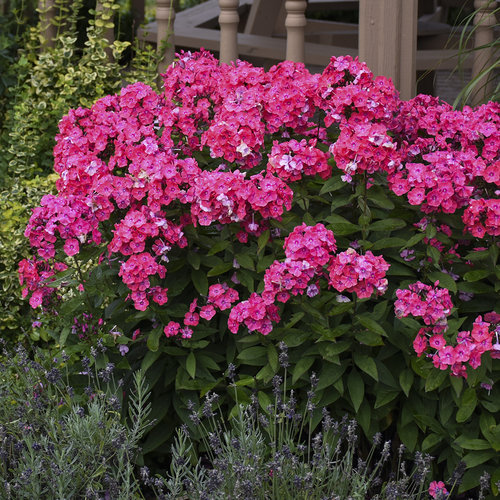
- Roses: Roses and hollyhocks are both classic cottage garden plants. They look stunning when planted together, and they can help to attract pollinators to your garden.
- Ornamental grasses: These grasses add a touch of height and texture to your garden. They also help to deter pests, making them a good choice for companion planting with hollyhocks.
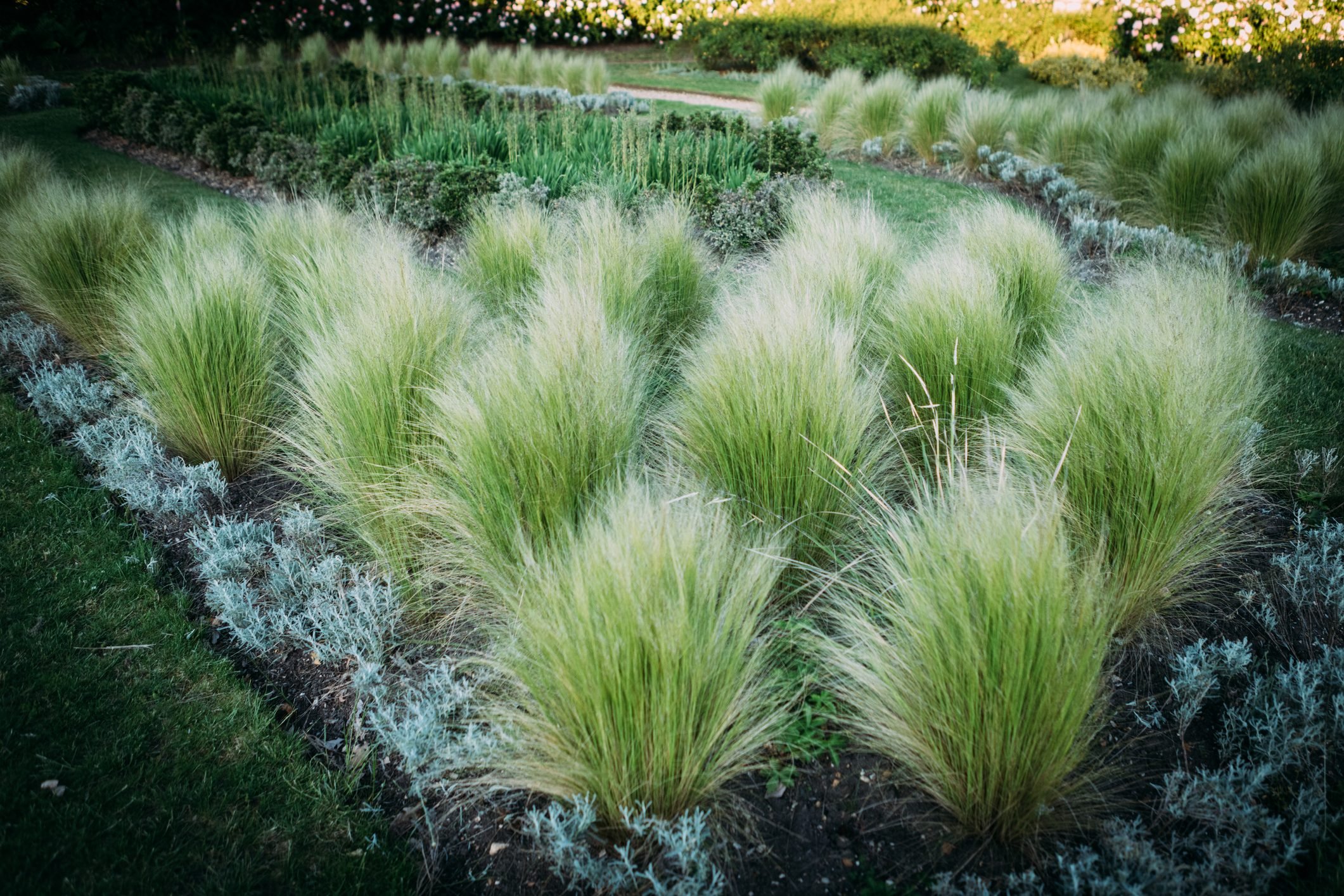
What are the benefits of companion planting with hollyhocks?
There are several benefits to companion planting with hollyhocks. These include:
- Attracting beneficial insects: Some companion plants, such as marigolds and nasturtiums, attract beneficial insects that can help to control pests. This can help to keep your hollyhocks healthy and free of pests.
- Improving soil quality: Some companion plants, such as clover and chamomile, can help to improve soil quality. This can benefit your hollyhocks by providing them with the nutrients they need to thrive.
- Decreasing competition for resources: Some companion plants, such as yarrow and bellflowers, have different water and nutrient requirements than hollyhocks. This can help to reduce competition for resources, which can benefit both plants.
How to choose companion plants for hollyhocks?
When choosing companion plants for hollyhocks, it is important to consider the following factors:
- Plant height: Hollyhocks are tall plants, so it is important to choose companion plants that will not be overshadowed.
- Sunlight requirements: Hollyhocks need full sun, so it is important to choose companion plants that also require full sun.
- Water requirements: Hollyhocks are drought-tolerant plants, so it is important to choose companion plants that have similar water requirements.
- Pest and disease resistance: Some companion plants, such as marigolds and nasturtiums, are resistant to pests and diseases. This can help to protect your hollyhocks from pests and diseases.
What are some common mistakes to avoid when companion planting with hollyhocks?
Some common mistakes to avoid when companion planting with hollyhocks include:
- Planting too close together: Hollyhocks need plenty of space to grow, so it is important to not plant them too close together.
- Planting in the wrong location: Hollyhocks need full sun, so it is important to not plant them in a shady location.
- Not watering enough: Hollyhocks are drought-tolerant plants, but they still need to be watered regularly.
- Not fertilizing enough: Hollyhocks need regular fertilization to thrive.
Image of companion plants for hollyhocks
- Sunflowers: Sunflowers are tall, sunny flowers that complement the hollyhock's height and blooms. They also attract pollinators, which is beneficial for both plants.
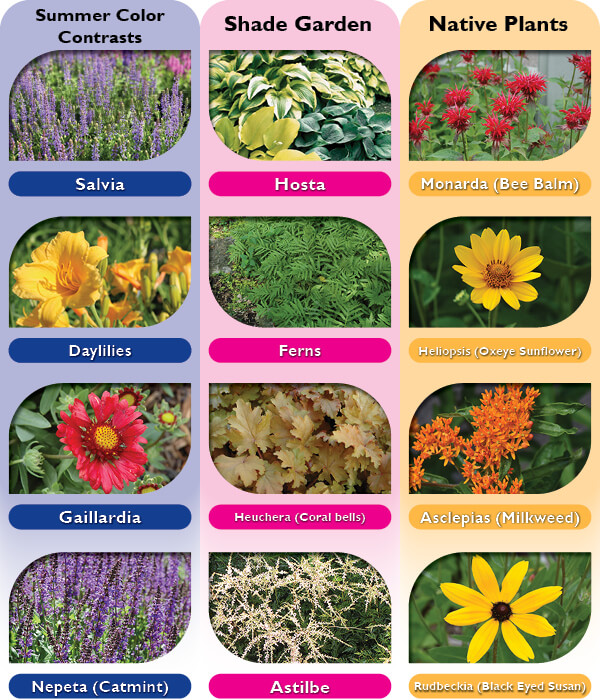
- Cosmos: Cosmos are another tall, airy flower that pairs well with hollyhocks. They come in a variety of colors, so you can choose ones that will complement your hollyhocks' blooms.
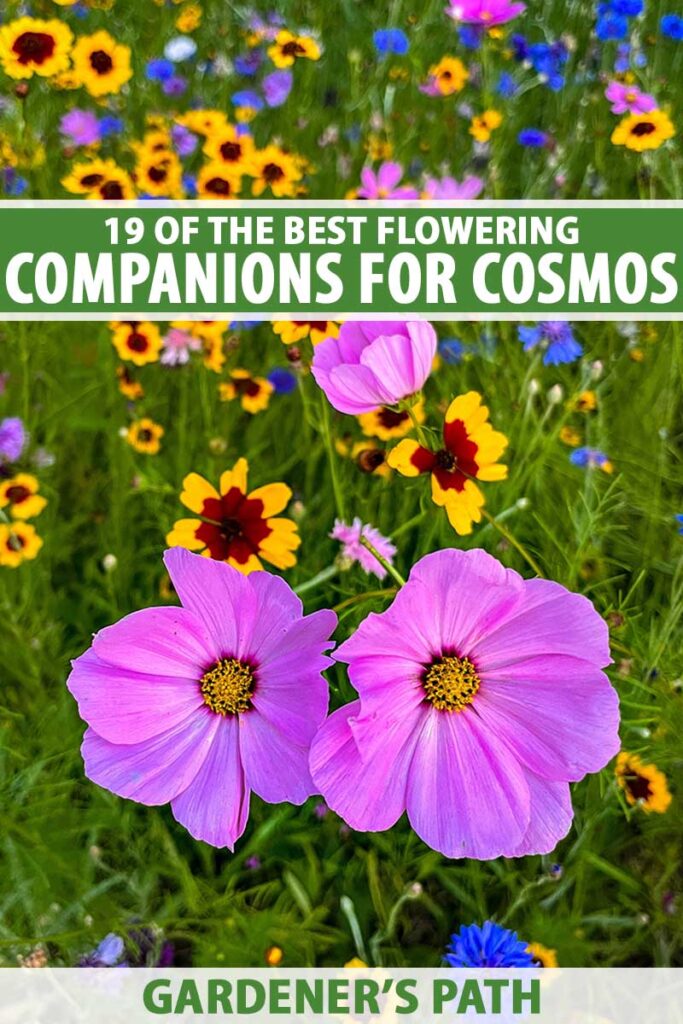
- Lavender: Lavender is a low-growing, drought-tolerant plant that adds a touch of fragrance to the garden. It also attracts pollinators, which is beneficial for both plants.

- Yarrow: Yarrow is a hardy, long-blooming plant that comes in a variety of colors. It attracts pollinators and can help to deter pests.

- Sweet Alyssum: Sweet alyssum is a low-growing, groundcover plant that adds a touch of sweetness to the garden. It attracts pollinators and can help to suppress weeds.

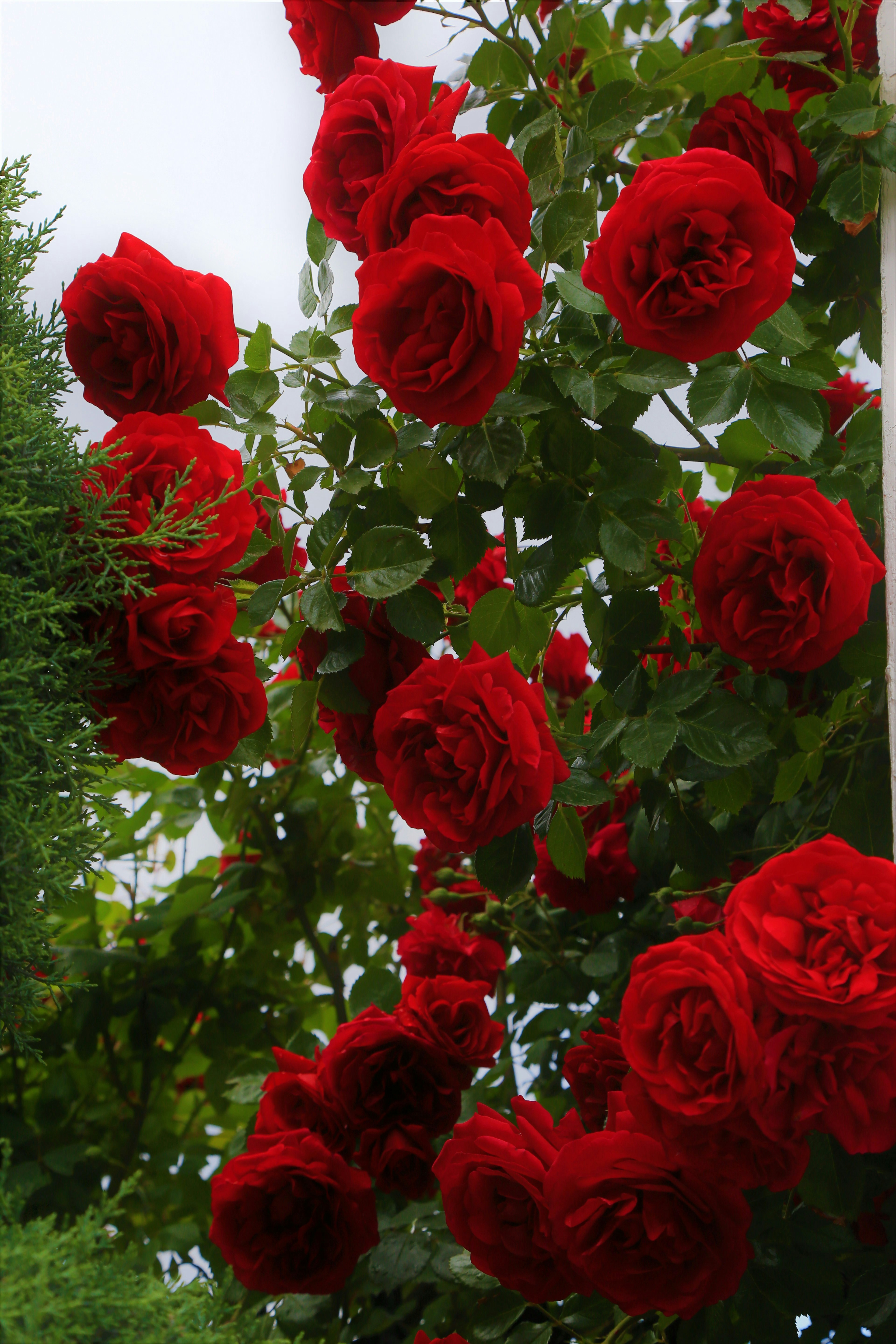
Post a Comment for "The Best Companion Plants For Hollyhocks"